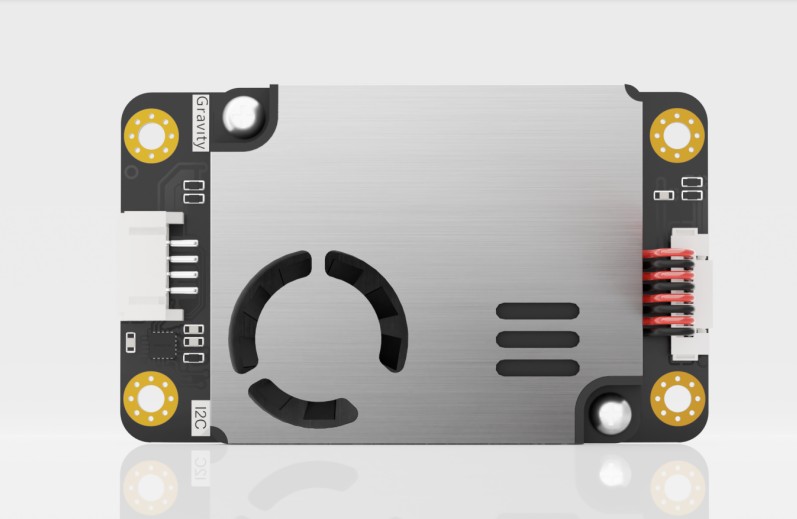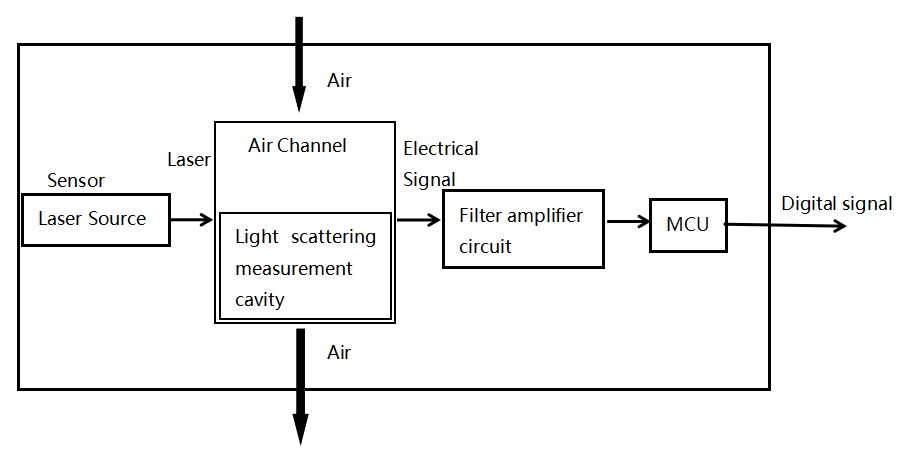Technical Specifications
Warranty Information
All the products supplied by Evelta are genuine and original. We offer 14 days replacement warranty in case of manufacturing defects. For more details, please visit our cancellation and returns page.
All the products supplied by Evelta are genuine and original. We offer 14 days replacement warranty in case of manufacturing defects. For more details, please visit our cancellation and returns page.
Air quality is becoming increasingly important as we become more aware of the impact of pollutants on our health. DFRobot's Air Quality Sensor can help you monitor the quality of the air you breathe by measuring particulate matter such as PM2.5, PM1.0, and PM10. The sensor has an easy-to-use Gravity interface and comes with sample code to help you quickly set up air quality monitoring projects.
Based on laser scattering technology, the PM2.5 air quality sensor uses a digital universal particle sensor to continuously measure the concentration of suspended particles of different sizes in the air and output the data via an I2C interface. It is suitable for use in a variety of settings, including smoking rooms, kitchens, hot springs, and bathrooms, and can be incorporated into instruments and equipment related to air quality improvement.

How does the sensor work?
The laser scattering principle is used by this sensor to measure the concentration of suspended particles in the air. When a laser is shone on the particles, it causes them to scatter, and the scattered light is collected at a certain angle. The microprocessor then uses this information, along with the MIE theory algorithm, to calculate the equivalent particle size and number of particles of different sizes per unit volume. This allows the sensor to provide accurate and timely data on the concentration of particulate matter in the air.
